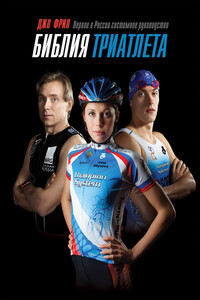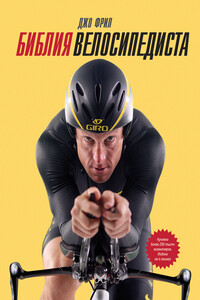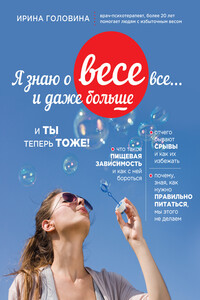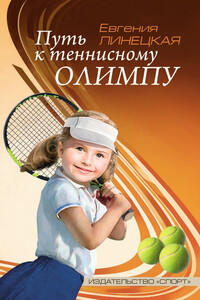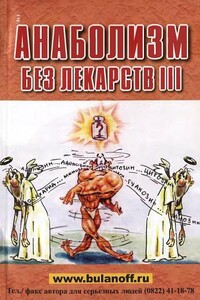Sim.o, R., B. F. de Salles, T. Figueiredo, I. Dias, and J. M. Willardson. “Exercise Order in Resistance Training”. Sports Medicine (2012) 42 (3): 251–265.
Skovgaard, C., P. M. Christensen, S. Larsen, T. R. Andersen, M. Thomassen, and J. Bangsbo. “Concurrent Speed Endurance and Resistance Training Improves Performance, Running Economy, and Muscle NHE1 in Moderately Trained Runners”. Journal of Applied Physiology (2014) 117 (10): 1097–1109.
Spurrs, R. W., A. J. Murphy, and M. L. Watsford. “The Effect of Plyometric Training on Distance Running Performance”. European Journal of Applied Physiology (2003) 89 (1): 1–7.
Storen, O., J. Helgerud, E. M. Stoa, and J. Hoff. “Maximal Strength Training Improves Running Economy in Distance Runners”. Medicine and Science in Sports and Exercise (2008) 40 (6): 1087–1092.
Sunde, A., O. Storen, M. Bjerkaas, M. H. Larsen, J. Hoff, and J. Helgerud. “Maximal Strength Training Improves Cycling Economy in Competitive Cyclists”. Journal of Strength and Conditioning Research (2010) 24 (8): 2157–2165.
Tanaka, H., D. L. Costill, R. Thomas, W. J. Fink, and J. J. Widrick. “Dry-Land Resistance Training for Competitive Swimming”. Medicine and Science in Sports and Exercise (1993) 25 (8): 952–959.
Tanaka, H., and T. Swensen. “Impact of Resistance Training on Endurance Performance. A New Form of Cross-Training?” Sports Medicine (1998) 25 (3): 191–200.
Tipton, K. D., B. B. Rasmussen, S. L. Miller, S. E. Wolf, S. K. Owens-Stovall, B. E. Petrini, and R. R. Wolfe. “Timing of Amino Acid-Carbohydrate Ingestion Alters Anabolic Response of Muscle to Resistance Exercise”. American Journal of Physiology. Endocrinology and Metabolism (2001) 281 (2): E197–E206.
Turner, A. M., M. Owings, and J. A. Schwane. “Improvement in Running Economy After 6 Weeks of Plyometric Training”. Journal of Strength and Conditioning Research (2003) 17 (1): 60–67.
Willardson J. M. “A Brief Review: Factors Affecting the Length of the Rest Interval Between Resistance Exercise Sets”. Journal of Strength and Conditioning Research (2006) 20 (4): 978–984.
Yamamoto, L. M., R. M. Lopez, J. F. Klau, E. J. Casa, W. J. Kraemer, and C. M. Maresh. “The Effects of Resistance Training on Endurance Running Performance Among Highly Trained Runners: A Systematic Review”. Journal of Strength and Conditioning Research (2008) 22 (6): 2036–2044.
Глава 14. Дневник тренировок
Atkinson, G., O. Peacock, and L. Passield. “Variable Versus Constant Power Strategies During Cycling Time-Trials: Prediction of Time Savings Using an Up-to-Date Mathematical Model”. Journal of Sports Sciences (2007) 25 (9): 1001–1009.
Billat, V. L., J. Slawinski, M. Danel, and J. P. Koralsztein. “Efect of Free Versus Constant Pace on Performance and Oxygen Kinetics in Running”. Medicine and Science in Sports and Exercise (2001) 33 (12): 2082–2088.
Cherry, P. W., H. K. Lakomy, M. E. Nevill, and R. J. Fletcher. “Constant External Work Cycle Exercise – The Performance and Metabolic Effects of All-Out and Even-Paced Strategies”.
European Journal of Applied Physiology and Occupational Physiology (1997) 75 (1): 22–27.
de Koning, J. J., C. Foster, A. Bakkum, S. Kloppenburg, C. Thiel, T. Joseph, J. Cohen, and J. P. Porcari. “Regulation of Pacing Strategy During Athletic Competition”. PLoS One (2011) 6 (1): e15863.
Foster, C., A. C. Snyder, N. N. Thompson, M. A. Green, M. Foley, and M. Schrager. “Effect of Pacing Strategy on Cycle Time Trial Performance”. Medicine and Science in Sports and Exercise (1993) 25 (3): 383–388.
Gonzalez-Alonso, J., C. Teller, S. L. Andersen, F. B. Jensen, T. Hyldig, and B. Nielsen. “Influence of Body Temperature on the Development of Fatigue During Prolonged Exercise in the Heat”. Journal of Applied Physiology (1999) 86 (3): 1032–1039.
Suriano, R., F. Vercruyssen, D. Bishop, and J. Brisswalter. “Variable Power Output During Cycling Improves Subsequent Treadmill Run Time to Exhaustion”. Journal of Science and Medicine in Sport (2007) 10 (4): 244–251.
Swain, D. P. “A Model for Optimizing Cycling Performance by Varying Power on Hills and in Wind”. Medicine and Science in Sports and Exercise (1997) 29 (8): 1104–1108.
